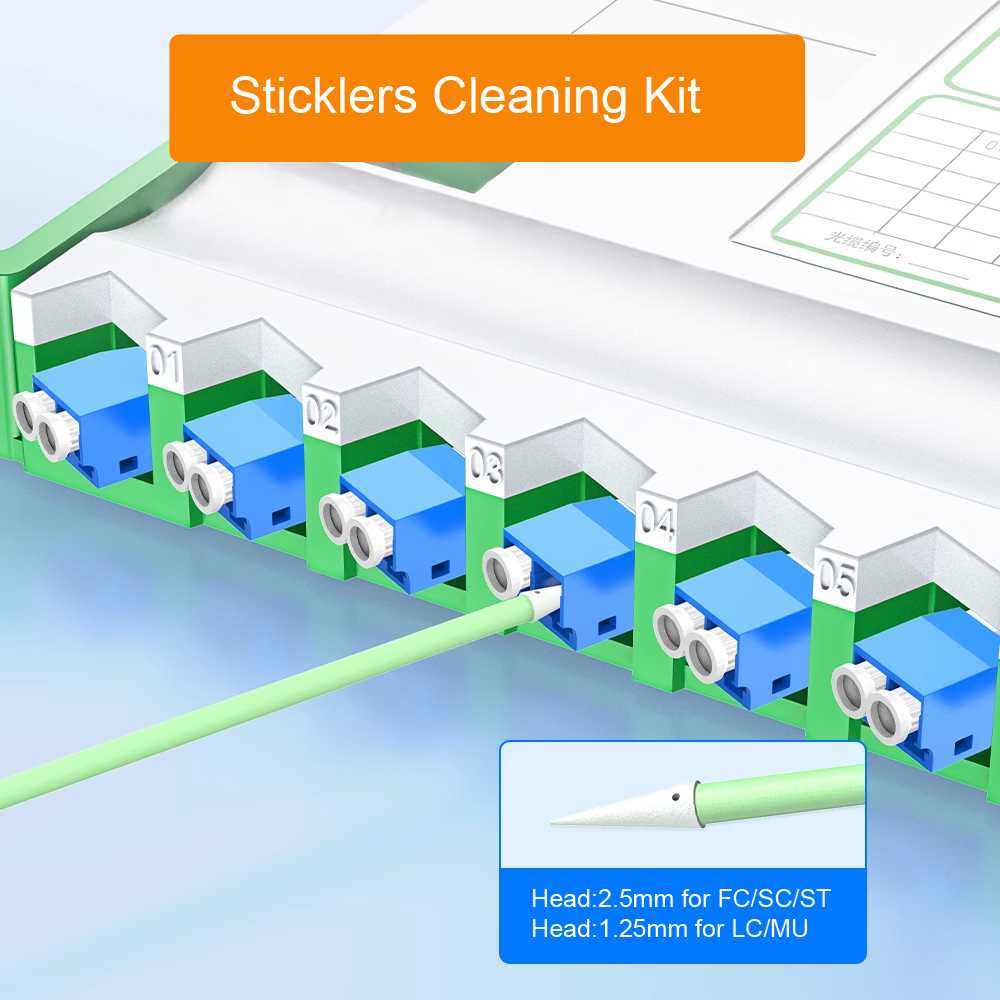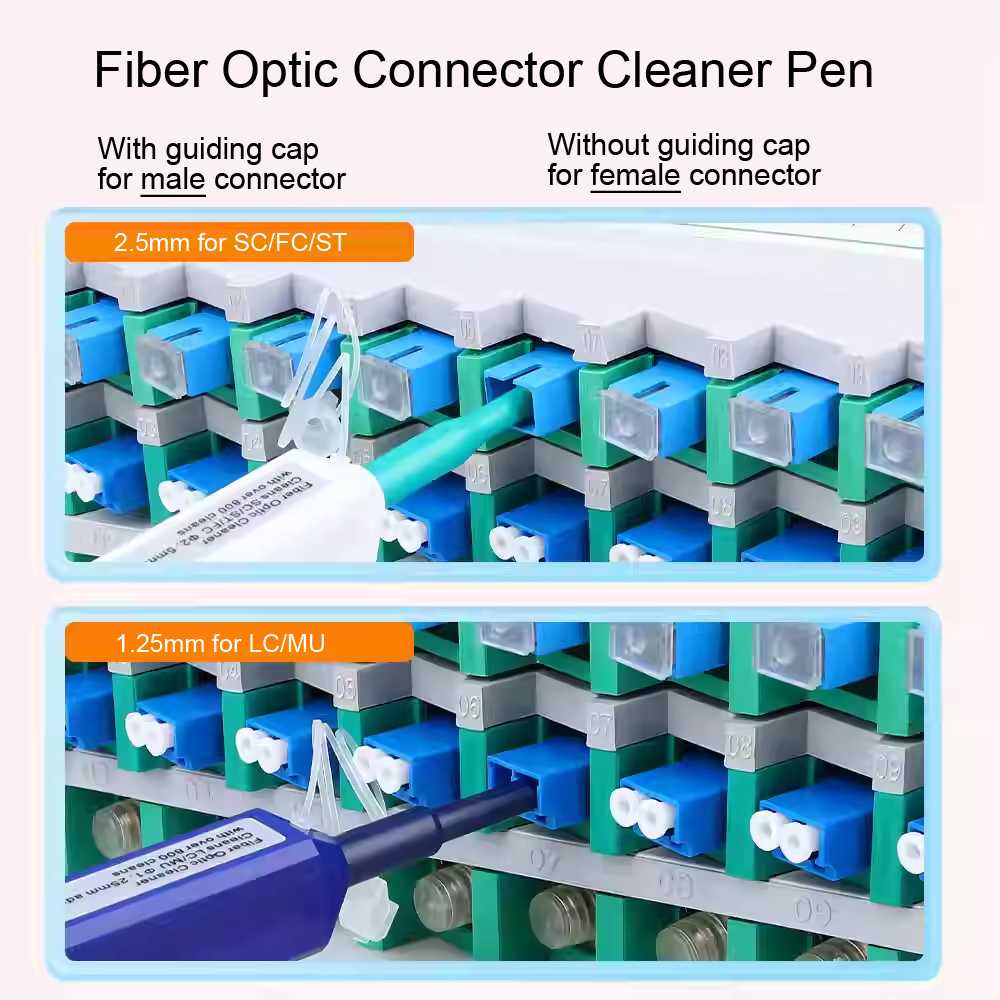Fiber optic adapters are primarily used to connect fiber optic connectors. Through precise positioning with a ceramic sleeve, they ensure precise end-to-end alignment and enable stable transmission of optical signals.
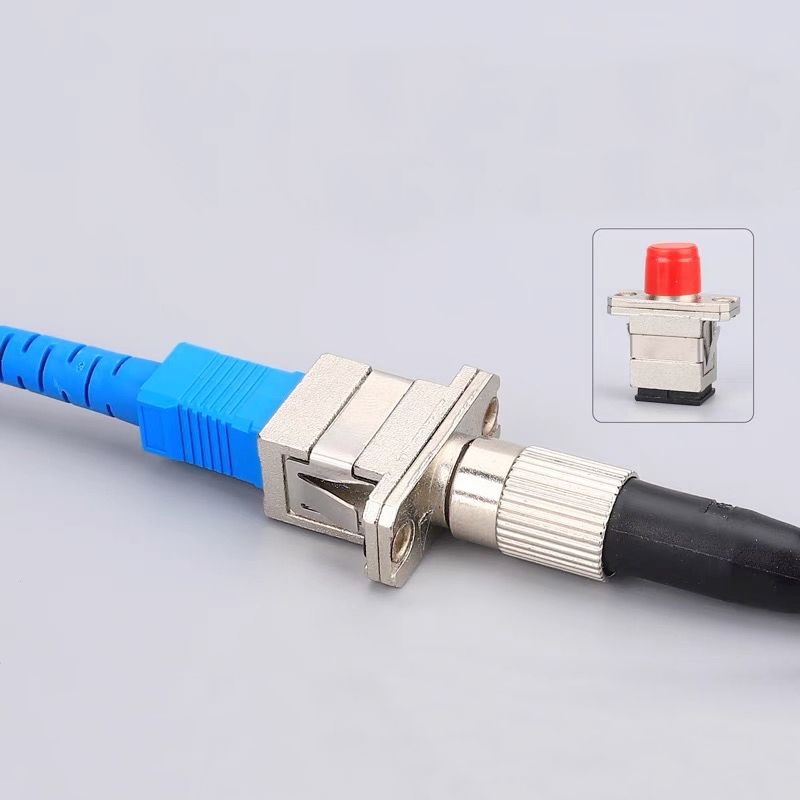
Optic adapters are generally not used alone and are typically used with fiber optic equipment, transceivers, optical terminals, fiber optic test instruments, or fiber optic adapter panel. To facilitate secure attachment of the adapters to these devices, the equipment itself typically has corresponding holes.
Optic Adapter Fixing Method
Fix with the optic adapter’s clip (spring buckle)
Typically, the adapter has clips on both sides, either metal or plastic. See the image below.
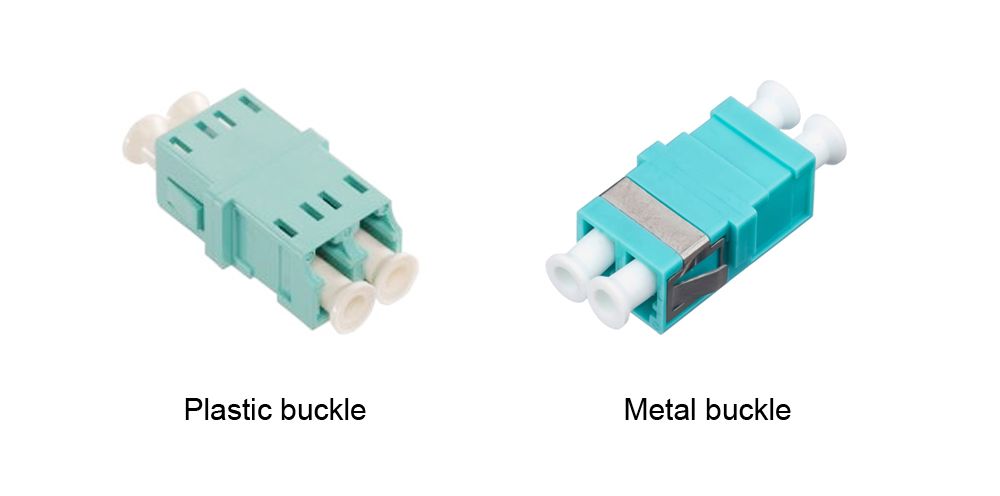
The adapter hole on most devices is designed slightly larger than the adapter itself to facilitate insertion, but significantly smaller than the overall size (including the spring buckle). Therefore, when inserting the optic adapter, the spring clips on both sides are inevitably squeezed. Once the adapter is fully inserted, the squeezed spring clips will rebound to their original position, firmly securing the adapter.
Due to the frequent occurrence of violent incidents during international transportation, and the longer shipping time, the long-term vibration of the spring clip can often cause the adapter to fall off. Therefore, our company has customized the following spring clip with better stability.
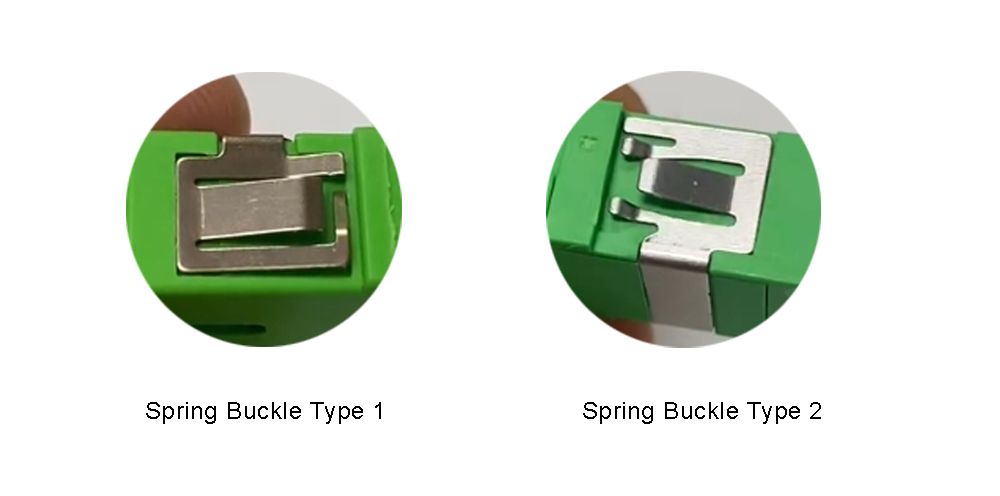
Fix with mounting screws
This optic adapter mounting method typically requires mounting ears on both sides of the optic adapter, with screw holes designed in the middle of the ears. In practice, mounting screws are automatically pre-configurated with the fiber adapter panel. This mounting method is stable and secure, providing longer-term performance and preventing it from falling off.
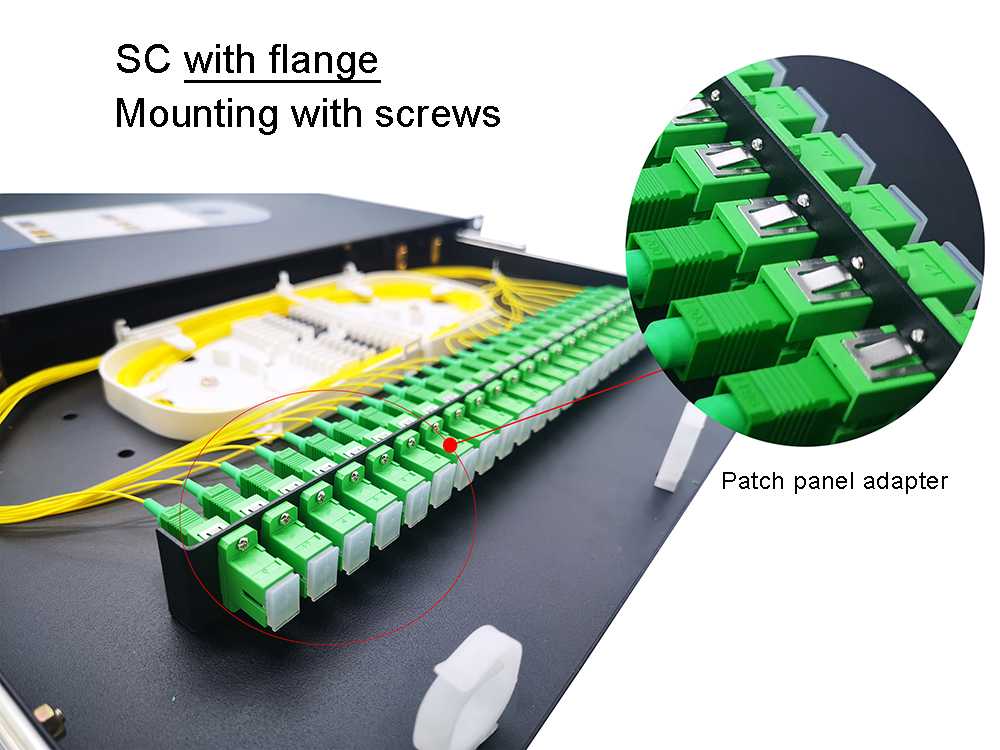
Comparing the Two Adapter Mounting Methods
Screw mounting is more stable and offers better long-term performance. However, the need for screws makes the adapter production and installation more complex.
The clip mounting method is also relatively stable and simple to install; simply insert the adapter to complete installation, without any additional accessories. However, rough transportation or vibration may cause the adapter to become dislodged, creating the risk of fiber tangling or breakage.
Optic Adapter Cleaning and Testing
- All optic adapters are immediately dust-capped after passing factory testing. Dust caps must be put on immediately after use to isolate them from external contaminants.
- If the optic adapter was not used for a long time or after multiple uses, recommended to clean the optic adapter sleeve with a one-click cleaner pen or fiber optic sticklers cleaning kit with alcohol and test the insertion loss with an optical power meter to ensure it is within acceptable limits.
GET IN TOUCH

